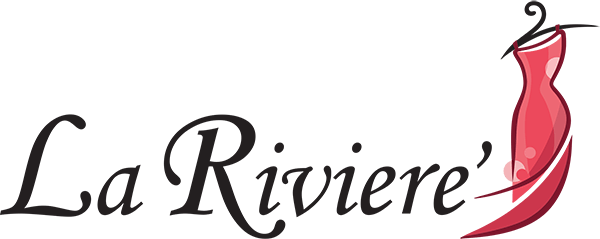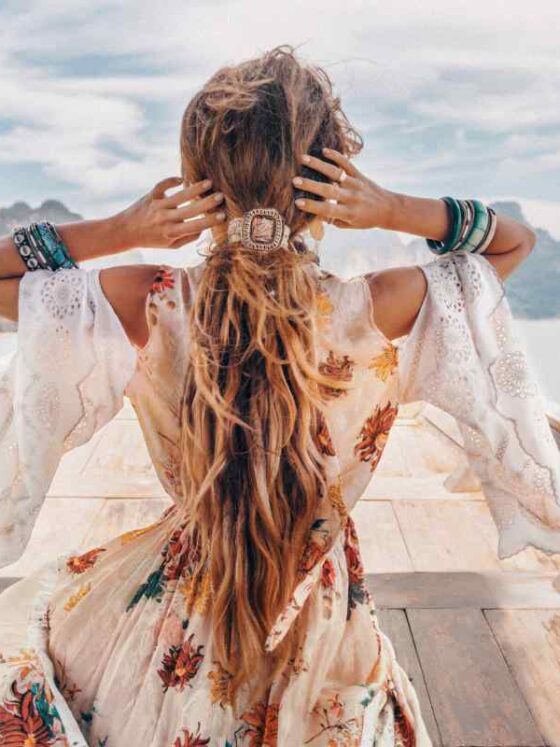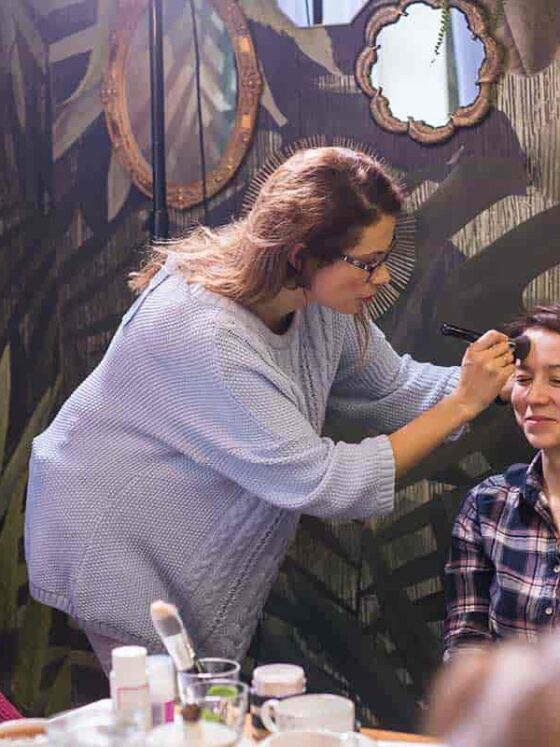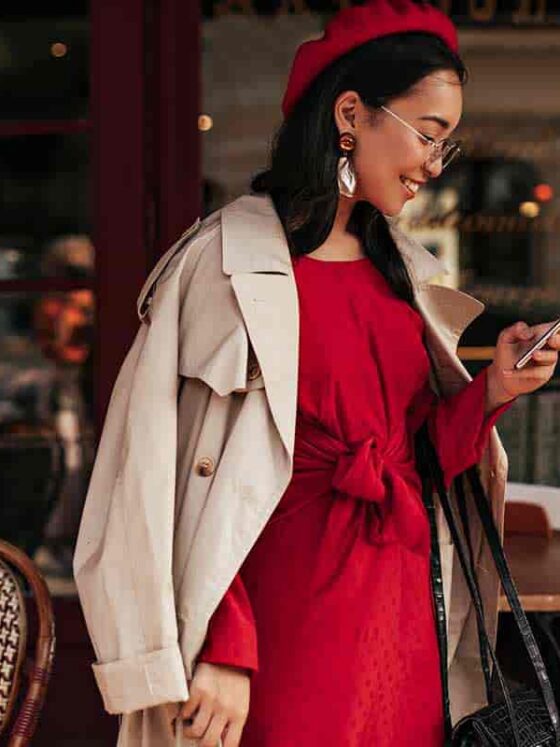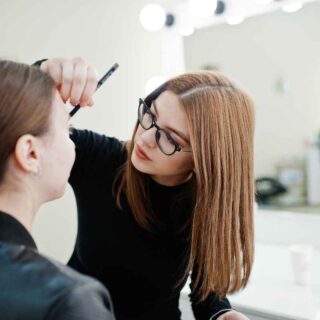Interested in Studying Fashion History? Start here.
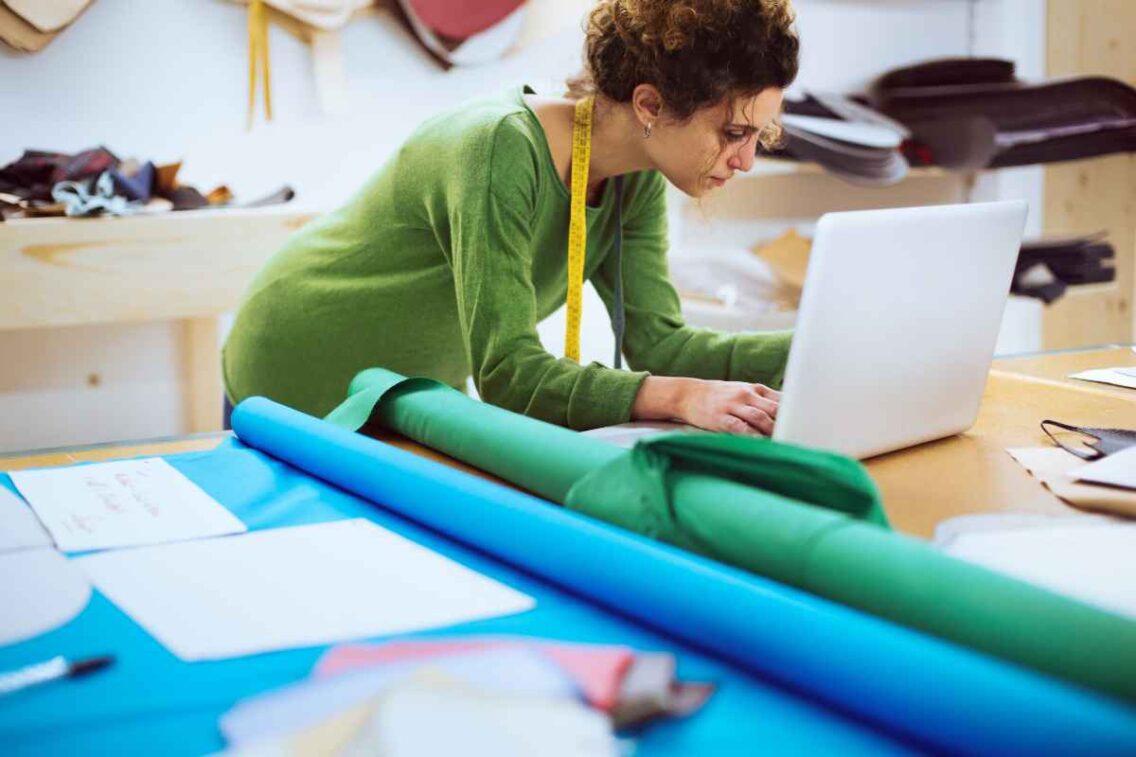
Have you always found yourself fascinated by modern day fashion or dress depicted in ears passed, particularly regarding their historical context? If so, then you should consider studying fashion history, a field dedicated to researching and documenting the correlation between these two components. Knowing where to start is often the hardest part, which is what we’ve dedicated this article to solving.
As you read, you’ll learn what fashion history and a career as a fashion historian entails in terms of descriptions, relevance, qualifications, and more. After discussing these topics, we’ll teach you how to best start your fashion history research.
Can You Study Fashion History?
There are countless facets of history that an individual can dedicate their life to studying; some of the most common include:
- War & Battle Strategies
- Law, Politics, & Government
- Gender, Sexuality, Society
- World Cultures & Civilizations
- International Relations & Global Affairs
In addition to these, many people opt to focus on one geographic region or a specific group of peoples, amongst many other options. Looking at a list like this of potential history concentrations, you might be wondering where fashion history comes into play, or if studying it is even an option.
Yes, fashion history is a legitimate field of study that individuals can receive a formal education on and utilize what they learn for a full-time career in research, conservation, education, and more.
It is important to note that, compared to many other historic fields, fashion history is one of the most niche in existence. If you were to look up educational programs or careers for fashion historians, you’ll find that the options are fairly limited compared to other historic fields.
However, this is not because the field is any less relevant than others, but merely that it is arguably deemed a rising field. Although it has been present to some degree for centuries, experts pose that the field’s turning point arrived in the 1980s when “interest in fashion history blossomed through new critical approaches flowing out from the developing fields of cultural and gender studies.”
So, while it is entirely plausible to study fashion history and the field is continually growing, you might find your path pursuing this interest isn’t as straightforward as others.
What Does A Fashion Historian Do?
Because fashion history is an emerging and niche field, many people interested in the study have a difficult time determining what this path entails, let alone what careers they can realistically pursue with it.
Broadly speaking, fashion historians research, write, and educate others about the historical context of clothing and dress; dress referring to other aspects of one’s physical appearance worn, altered, or enhanced to supplement their attire, such as hairstyles, makeup, and accessories.
What a fashion historian utilizes their knowledge for is dependent on the individual and can manifest in a myriad of careers, including but not limited to:
- Curating museum exhibitions on historical fashion
- Working in living history museums
- Creating historically accurate reproductions or recreations for various uses (ex. film, educational living museums, etc.)
- Researching the ideal conservation, storage, and display methods of costumes and textiles
- Teaching courses relating to fashion history
- Publishing research on fashion history in scholarly books and journals
While fashion history is a multifaceted study in of itself, fashion historians are presented with a wide range of options regarding which path to pursue. Some are drawn to the more hands-on aspect of fashion history and use their knowledge to create period-accurate pieces while others prefer to dedicate their skills to conserving existing pieces of fashion history while others find their calling in research and writing.
It all depends on what part of fashion history you are passionate about and best matches your interests and skills.
What Qualifications Do I Need To Be A Fashion Historian?
The majority of individuals who rightfully don the title of a fashion historian are experts in at least some aspect of the field that they have dedicated their time, resources, and education to studying.
While there are some career paths you can pursue as a fashion historian that are less academically demanding, most of the options listed in the previous section require the individual to obtain at least a master’s degree, if not a Ph.D.
The reason for this is that a vast majority of fashion history careers fall under one of three categories: conservation, curating, and academia. Each of these environments requires the individual to have specialized skills and extensive knowledge to be successful. Personal research and online or in-person courses are always encouraged, but typically aren’t enough on their own to pursue a full-time career in this field.
Why Is It Important To Study Fashion History?
Fashion history is an ever-changing and evolving study that uses clothing and accessories to help historians determine what social trends were popular during a designated period, why these trends were popular, and what historic insights they provide regarding the periods social, economic, and political climate.
Culture and gender also play an exceptional role here, as the use of specific patterns, materials, and designs can reflect the values and traditions of a particular group in addition to other elements of historical context.
While haute couture does play a role in fashion history, the majority of historical insight and study within this field centers on the clothing of everyday people and/or the clothing and dress of specific social groups, cultures, and economic classes, rather than high fashion.
Studying fashion history is also vital to understanding how clothing was made in various eras (ex. materials, patterns, designs) and how this compares to the styles and techniques used today. Not only can this information potentially allow fashion historians to determine future trends, but it also depicts the evolution of fashion throughout the ages; the good and the bad (ex. hand-made clothing to fast fashion and mass production and the social, economic, environmental effects of both).
How Do I Start My Fashion History Research?
Research is an unavoidable element of fashion history but determining where to start can be a daunting task.
The best way to start your fashion history research, in our opinion, is to follow these two steps:
Step 1: Narrow down your research to an era or a specific topic
Step 2: Find trustworthy, historically accurate sources
Before you delve into academic journals and fashion history books, it is crucial for you to pick a specific era or topic to research.
Fashion history as in extremely broad field that changes between countries, cultures, time periods, and a multitude of other factors. Trying to conduct research without a specific goal or question in mind could easily leave you feeling overwhelmed by the sheer amount of information available or cause you to be generally knowledgeable about a range of topics rather than specializing in one of interest.
Once you know what topic, era, group, etc. interests you most, it is crucial that you obtain research and insight from credible sources. This can be done in a multitude of ways.
- Primary sources such as books, articles, newspapers, etc. that were written in the era you are studying. This provides insight regarding how people react to and describe the fashion of their time. The best sources for these are online libraries or museum archives.
- Visual primary sources such as fashion magazines, portraits, and fashion plates that depict how clothing and silhouettes would have actually looked in addition to insight regarding trends and social mindsets (What items are being sold, how are they trying to sell them, and who is the ideal audience? Are they targeting any insecurities? What is they ideal image that they are trying to push onto their audience?)
- Read books, articles, and other literature written by fashion historians
- Attend conferences held by scholars/fashion historians. These often cover niche topics you likely wouldn’t learn about in books or through other conventional methods of research
- Pursue a college education in fashion history
- Visit a local museum for more opportunities to physical see a piece of fashion history, allowing you to notice things that might not be mentioned in your research (ex. seam locations, patterns, materials used). If you can, ask to have a private tour with an educated and informed member of staff to discuss these items.
- Attend a credible online course
- Utilize social media. Some options include joining a Facebook group with people who share your interests or watching YouTube videos of knowledgeable fashion historians. Some individuals we recommend include:
- Bernadette Banner
- Abby Cox
- American Duchess
- Karolina Żebrowska
- The Ultimate Fashion History
This gives you a wide range of research options from written works to physical items to insight from experts that can help expand your knowledge of fashion history and specialize in a particular aspect you deem fascinating.
Want to study fashion abroad?? Follow the link for the best places to study fashion abroad.
Final Thoughts
Studying fashion history, whether it be for a future career or out of sheer passion can be a highly enriching and insightful pursuit. It will help you better understand how people lived in past eras and how that connects to modern day. If you’re ready to start exploring this field, consider obtaining a master’s or Ph.D. in fashion history and/or utilizing the research sources mentioned here.
